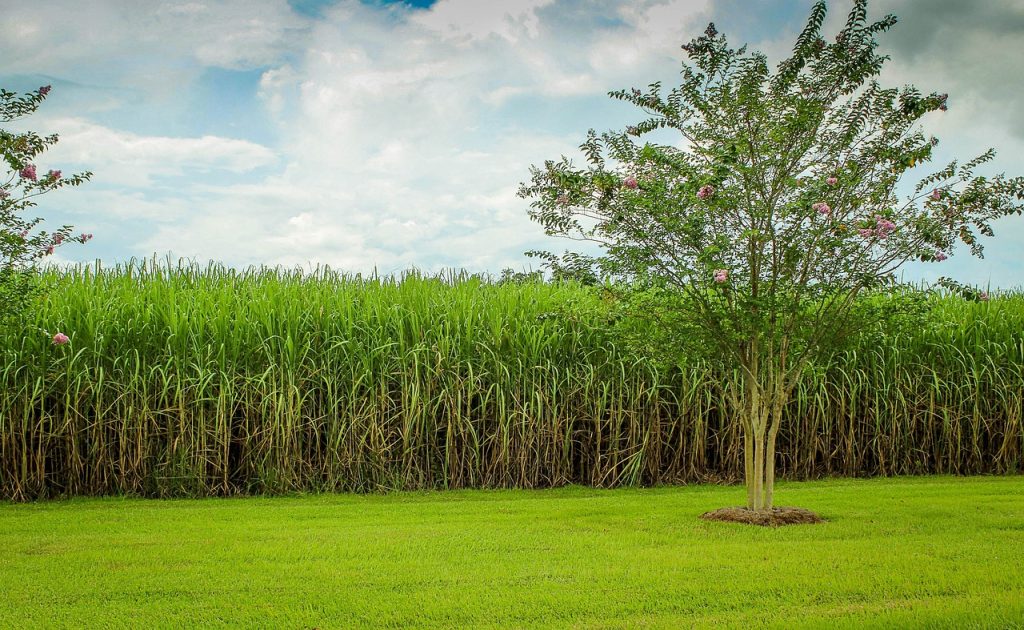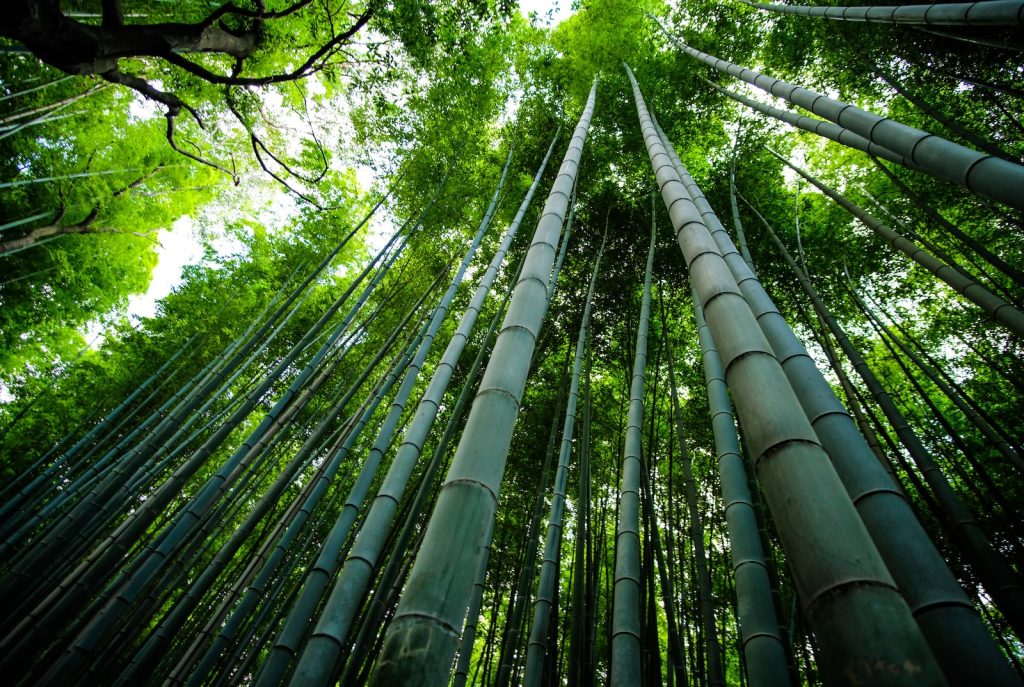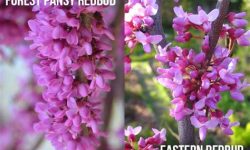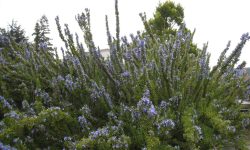Sugarcane Vs Bamboo
Sugarcane and bamboo are two versatile plants with a wide range of uses in various industries. From the cultivation process to their commercial applications and environmental impact, these two plants have both similarities and differences that are important to consider. In this blog post, we will explore the growth and cultivation of sugarcane and bamboo, as well as their commercial applications and environmental impact. By understanding the unique characteristics of each plant, we can gain insight into the benefits and challenges associated with their production and use. Whether you’re interested in sustainable farming practices or exploring new economic opportunities, this comparison of sugarcane and bamboo will provide valuable insights into these important crops. Join us as we delve into the world of sugarcane and bamboo to gain a deeper understanding of their roles in the global market and their impact on the environment.

Growth and Cultivation of Sugarcane
Sugarcane is a perennial grass that belongs to the Poaceae family. It is grown in tropical and subtropical regions for its high sucrose content, which is used for both sugar and ethanol production. The process of growing and cultivating sugarcane involves several important steps.
First, sugarcane requires a warm and humid climate to thrive, making it suitable for regions like India, Brazil, and Southeast Asia. The soil should be well-drained and fertile, with a pH level ranging from 5.0 to 8.0. Planting typically takes place at the onset of the rainy season to ensure adequate water supply during the initial growth stage.
After planting, the crops need regular irrigation to maintain soil moisture levels. Sugarcane is generally propagated through stem cuttings rather than seeds, as this method ensures the preservation of desirable traits in the offspring. The plants should be spaced apart to allow for adequate sunlight and airflow, promoting healthy growth.
Furthermore, sugarcane requires ample nutrients, particularly nitrogen, phosphorus, and potassium, to support its rapid growth. Farmers often apply fertilizers and organic matter to the soil to enhance nutrient availability. Regular monitoring of pests and diseases is also essential to protect the crops from potential harm.
Growth and Cultivation of Bamboo

Bamboo is a versatile and fast-growing plant that has been cultivated for thousands of years. It is a member of the grass family and is known for its rapid growth, strength, and sustainability. The cultivation of bamboo involves selecting the right species for the desired application, preparing the soil, and planting the bamboo in the appropriate climate and growing conditions. Bamboo can be grown in various climates, from tropical to temperate, and requires minimal maintenance once established.
One of the key factors in the growth of bamboo is the selection of the right species. There are over 1,000 different species of bamboo, each with its own unique characteristics and growth requirements. Some species are better suited for construction, others for textiles, and some are even edible. It is important to select the right species based on the intended use and the climate of the growing area.
Once the species has been selected, preparing the soil is crucial for successful bamboo cultivation. Bamboo prefers well-drained soil with a slightly acidic pH. It is important to clear the land of weeds and provide the bamboo with nutrients and organic matter to support its growth. In addition, proper irrigation and protection from pests and diseases are essential for the healthy growth of bamboo.
When planting bamboo, it is important to consider the climate and growing conditions. While many species of bamboo are adaptable to various climates, it is important to provide the appropriate environment for optimal growth. Some species thrive in tropical climates with high humidity, while others can withstand colder temperatures. Proper spacing and maintenance are also important factors in the successful cultivation of bamboo.
Commercial Applications of Sugarcane
The commercial applications of sugarcane are vast and diverse, making it a highly valuable crop in the global market. One of the most common commercial applications of sugarcane is the production of raw sugar. The tall, thick sugarcane stalks are crushed to extract the sugary juice, which is then processed and refined to produce raw sugar. This raw sugar is then used in a wide range of food and beverage products, as well as in the production of ethanol for fuel.
In addition to raw sugar production, sugarcane is also commonly used in the production of molasses, which is a byproduct of the sugar-making process. Molasses has multiple commercial applications, including use in the production of rum, as a sweetener in cooking and baking, and as a key ingredient in animal feed.
Furthermore, sugarcane has a variety of industrial applications, including the production of biofuels such as ethanol. In fact, sugarcane is one of the most efficient crops for ethanol production, making it a key player in the renewable energy industry.
Lastly, sugarcane is also used in the production of bioplastics, which are a sustainable alternative to traditional plastic products. The fibrous residue from sugarcane processing, known as bagasse, is used as a feedstock for bioplastic production, further contributing to the eco-friendly nature of sugarcane’s commercial applications.
Commercial Applications of Bamboo
Bamboo is an incredibly versatile and sustainable resource that has a wide range of commercial applications. One of the most popular commercial uses of bamboo is in the construction industry. Bamboo is known for its strength and flexibility, making it an ideal material for building houses, bridges, and other structures. In fact, bamboo has been used as a building material for centuries in many parts of the world, particularly in Asia.
Another important commercial application of bamboo is in the production of paper and textiles. The fibers of bamboo are used to make a variety of paper products, including tissues, toilet paper, and even clothing. Bamboo textiles are prized for their softness, breathability, and antibacterial properties, making them an increasingly popular choice for environmentally conscious consumers.
In addition to construction and textiles, bamboo is also used in the production of furniture, flooring, and household items. Its natural beauty and durability make it an attractive choice for manufacturers and consumers alike. Bamboo flooring, in particular, has gained popularity as a sustainable and eco-friendly alternative to traditional hardwood floors.
Furthermore, the fast growing nature of bamboo makes it an excellent renewable source of energy. The grass can be used to produce biofuels, with the potential to replace nonrenewable fossil fuels. This green energy has a wide range of commercial applications, offering a sustainable alternative to traditional energy sources.
Environmental Impact of Sugarcane and Bamboo
In recent years, sugarcane and bamboo have gained significant attention due to their potential environmental impact. Both these plants have the ability to play a crucial role in conservation, sustainability, and overall environmental health. The cultivation and use of these plants have a variety of positive and negative environmental effects.
Firstly, the cultivation of sugarcane can lead to deforestation and loss of biodiversity. Large tracts of land are cleared to make way for sugarcane plantations, disrupting the natural habitat of many species. Additionally, the use of chemical fertilizers and pesticides in sugarcane cultivation can lead to soil and water pollution, impacting the surrounding ecosystems.
On the other hand, bamboo cultivation has the potential to benefit the environment. Bamboo is a highly renewable resource, with a rapid growth rate and the ability to thrive in diverse climates. This makes it an ideal candidate for sustainable construction materials, reforestation efforts, and carbon sequestration.
Furthermore, the use of bamboo in various commercial applications can help reduce the demand for traditional timber, thereby minimizing deforestation and preserving natural habitats. The versatility of bamboo also extends to its use in erosion control, water purification, and as a source of bioenergy, further enhancing its positive environmental impact.
Frequently Asked Questions
What are the differences in growth and cultivation between sugarcane and bamboo?
Sugarcane is a tropical and subtropical grass that requires warm temperatures and a lot of water for cultivation. It is typically grown from cuttings or seeds. On the other hand, bamboo is a fast-growing woody grass that can thrive in a variety of climates and soil types. It spreads through underground rhizomes and can quickly take over an area if not properly contained.
What are some commercial applications of sugarcane?
Sugarcane is primarily grown for the production of sugar and ethanol. It is also used in the production of molasses, rum, and bio plastics. Additionally, sugarcane fiber is used to make paper and packaging materials.
What are some commercial applications of bamboo?
Bamboo has a wide range of commercial applications, including construction materials, textiles, paper, and medicinal products. It is also used in the production of furniture, flooring, and kitchenware. Additionally, bamboo shoots are a popular food item in many Asian cultures.
How does the growth of sugarcane and bamboo impact the environment?
Sugarcane cultivation can lead to deforestation, soil erosion, and loss of biodiversity. Additionally, the processing of sugarcane into sugar and ethanol can have negative environmental impacts, such as water pollution and greenhouse gas emissions. On the other hand, bamboo is considered an eco-friendly and sustainable resource. It helps prevent soil erosion, absorbs carbon dioxide, and provides habitat for wildlife.
What are some environmental impacts of sugarcane and bamboo?
Sugarcane cultivation can contribute to deforestation, soil erosion, and loss of biodiversity. The processing of sugarcane into sugar and ethanol can also lead to water pollution and greenhouse gas emissions. In contrast, bamboo cultivation can have positive environmental impacts, such as preventing soil erosion, absorbing carbon dioxide, and providing wildlife habitat.
What are the benefits and drawbacks of growing sugarcane?
The benefits of growing sugarcane include its high yield of sugar and ethanol, as well as its use in various commercial applications. However, drawbacks include its high water and pesticide requirements, as well as its potential to contribute to environmental degradation.
What are the benefits and drawbacks of growing bamboo?
The benefits of growing bamboo include its fast growth, versatility, and positive environmental impact. It can be used in a wide range of commercial applications and is considered a sustainable resource. However, drawbacks include the potential for it to become invasive and take over an area if not properly managed.



